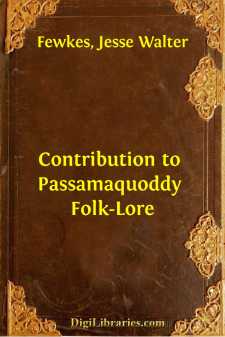Categories
- Antiques & Collectibles 13
- Architecture 36
- Art 48
- Bibles 22
- Biography & Autobiography 816
- Body, Mind & Spirit 145
- Business & Economics 28
- Children's Books 17
- Children's Fiction 14
- Computers 4
- Cooking 94
- Crafts & Hobbies 4
- Drama 346
- Education 58
- Family & Relationships 59
- Fiction 11834
- Foreign Language Study 3
- Games 19
- Gardening 17
- Health & Fitness 34
- History 1378
- House & Home 1
- Humor 147
- Juvenile Fiction 1873
- Juvenile Nonfiction 202
- Language Arts & Disciplines 89
- Law 16
- Literary Collections 686
- Literary Criticism 179
- Mathematics 13
- Medical 41
- Music 40
- Nature 179
- Non-Classifiable 1768
- Performing Arts 7
- Periodicals 1453
- Philosophy 66
- Photography 2
- Poetry 897
- Political Science 203
- Psychology 45
- Reference 154
- Religion 516
- Science 126
- Self-Help 85
- Social Science 82
- Sports & Recreation 34
- Study Aids 3
- Technology & Engineering 59
- Transportation 23
- Travel 463
- True Crime 29
Our website is made possible by displaying online advertisements to our visitors.
Please consider supporting us by disabling your ad blocker.
Contribution to Passamaquoddy Folk-Lore
Categories:
Description:
Excerpt
A CONTRIBUTION TO PASSAMAQUODDY FOLK-LORE.
The study of aboriginal folk-lore cannot reach its highest scientific value until some method is adopted by means of which an accurate record of the stories can be obtained and preserved. In observations on the traditions of the Indian tribes, the tendency of the listener to add his own thoughts or interpretations is very great. Moreover, no two Indians tell the same story alike. These are sources of error which cannot be eliminated, but by giving the exact words of the speaker it is possible to do away with the errors of the translator.
I believe that the memory of Indians for the details of a story is often better than that of white men. There may be a reason for this, in their custom of memorizing their rituals, stories, and legends. The KÐâÐÐklan, a Zuñi ritual, for instance, which is recited by the priest once in four years, takes several hours to repeat. What white man can repeat from memory a history of equal length after so long an interval?
Phonetic methods of recording Indian languages are not wholly satisfactory. It is very unlikely that two persons will adopt the same spelling of a word never heard before. Many inflections, accents, and gutturals of Indian languages are difficult to reduce to writing. Conventional signs and additional letters have been employed for this purpose, the use of which is open to objections. There is need of some accurate method by which observations can be recorded. The difficulties besetting the path of the linguist can be in a measure obviated by the employment of the phonograph, by the aid of which the languages of our aborigines can be permanently perpetuated. As a means of preserving the songs and tales of races which are fast becoming extinct, it is, I believe, destined to play an important part in future researches.
In order to make experiments, with a view of employing this means of record among the less civilized Indians of New Mexico, I visited, in the month of April, the Passamaquoddies, the purest blooded race of Indians now living in New England. The results obtained fully satisfied my expectations. For whatever success I have had, I must express my obligation to Mrs. W. Wallace Brown, of Calais, Me., whose influence over the Indians is equalled by her love for the study of their traditions.
The songs and stories were taken from the Indians themselves, on the wax cylinders of the phonograph. In most cases a single cylinder sufficed, although in others one story occupied several cylinders. None of the songs required more than one cylinder.
I was particularly anxious to secure the songs. The Passamaquoddies agree in the statement that their stories were formerly sung, and resembled poems. Many tales still contain songs, and some possess at this day a rhythmical character. I am not aware that any one has tried to set the songs to music, and have had nothing to guide me on that head.
In sacred observances it is probable that the music of the songs preserves its character even after other parts have been greatly modified, while the song retains its peculiarity as long as it continues to be sung....



